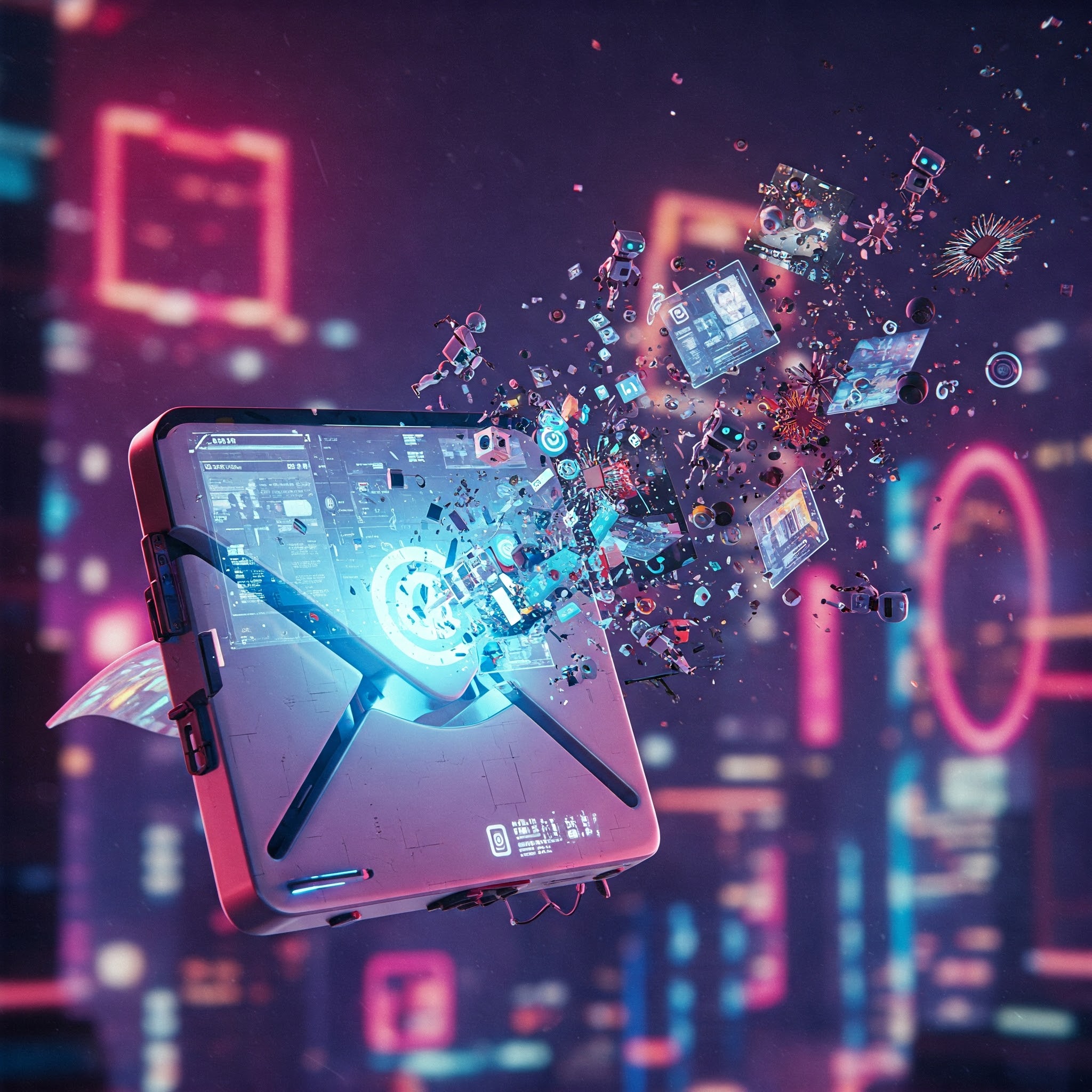The fashion industry is no stranger to reinvention, but the latest trend is less about hemlines and more about algorithms. Artificial intelligence is rapidly transforming how brands create imagery, from e-commerce visuals to advertising campaigns. While some hail it as a revolutionary tool, others fear a dystopian future where human creativity is replaced by soulless code.
One model encapsulates this shift perfectly, leveraging an AI replica to be in ‘two places at the same time.’ The digital double handles photoshoots without the need for travel, a solution touted as a major time-saver. This echoes a broader industry trend, where AI offers the tantalizing prospect of cheaper and faster content creation.
For smaller brands, the allure is undeniable. Imagine crafting a stunning ad campaign in the French Alps for a pittance compared to the cost of a traditional shoot. The savings are substantial, and the creative possibilities seem limitless. One technology company even boasts a catalogue of hundreds of AI-generated models, each customizable to fit a client’s specific needs. Need a specific body shape, gender, or ethnicity? AI promises inclusivity at the click of a button. Sounds utopian, right?
But before we declare AI the savior of fashion, let’s consider the potential downsides. Critics worry that this technology will render numerous professionals obsolete, from models and makeup artists to photographers and stylists. The human element, the very essence of creativity, risks being sidelined in the pursuit of efficiency.
Moreover, there are concerns about the ‘artificial’ standards of beauty that AI might perpetuate. Generative AI is often trained on datasets of heavily retouched images, potentially reinforcing unrealistic and homogenous ideals. One creative studio founder noted that certain AI models exhibit a tendency to generate faces with particular features, hinting at an inherent bias within the algorithms. The quest for ‘authentic’ results, therefore, requires conscious effort to incorporate diverse and ‘imperfect’ data.
Another gray area revolves around intellectual property and consent. What happens when AI is trained on images scraped from the internet, potentially without the knowledge or compensation of the models involved? The “Fashion Workers Act,” aims to address this by granting models more control over the use of their likenesses in AI-generated content. However, the practical implementation of such legislation remains a challenge.
Despite the potential pitfalls, some see AI as a force for good. One model who lends her features to a well-known AI supermodel believes that, when used ethically, this technology can actually open doors for individuals from diverse backgrounds. After all, an AI model doesn’t age, offering a form of digital immortality.
Ultimately, the rise of AI in fashion presents a complex equation. The technology offers undeniable benefits in terms of cost, efficiency, and creative possibilities. However, it also raises profound questions about ethics, authenticity, and the future of work. Whether AI becomes a tool for empowerment or a harbinger of artistic decline remains to be seen. One thing is clear: the fashion industry, and the world at large, is on the cusp of a digital revolution, and the choices we make now will determine its ultimate impact. Will we embrace the endless possibilities, or will we lament the loss of something uniquely human?



Leave a Reply